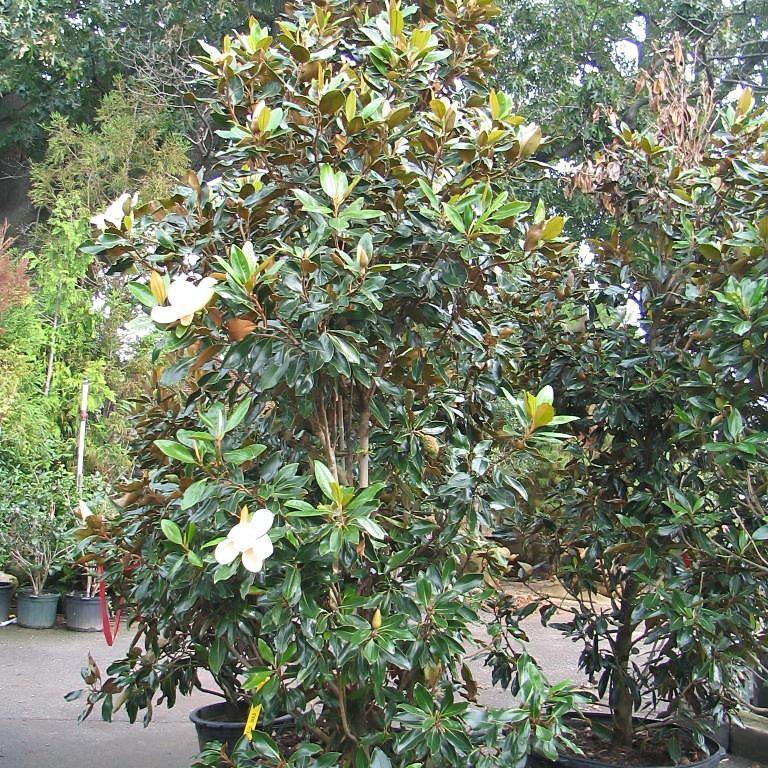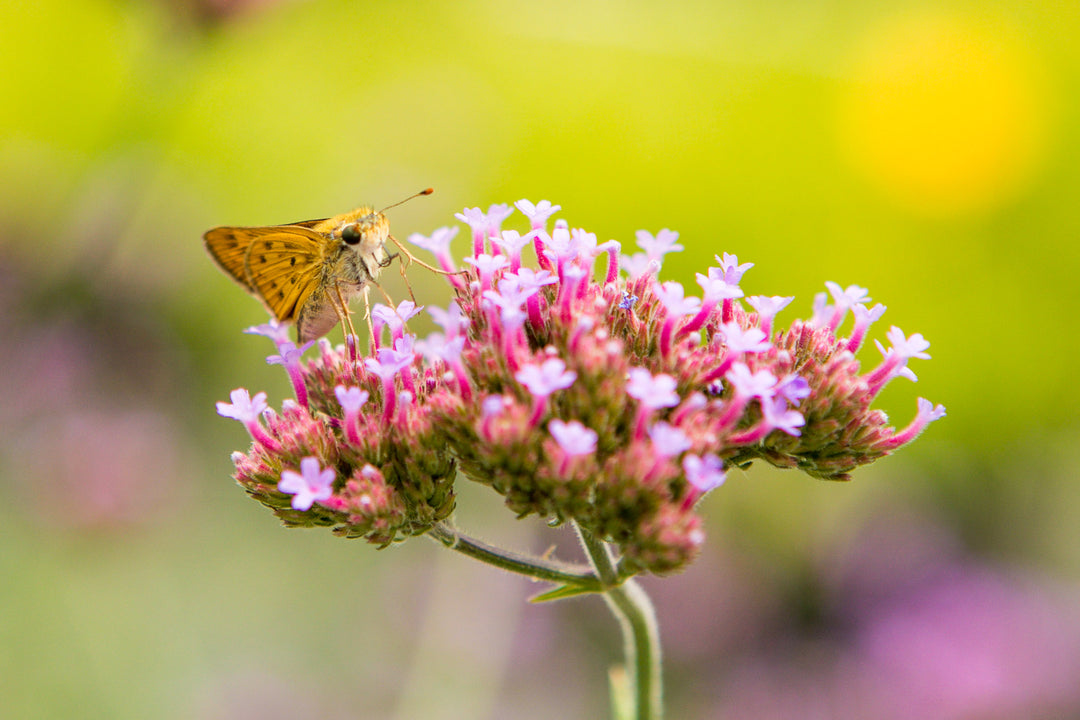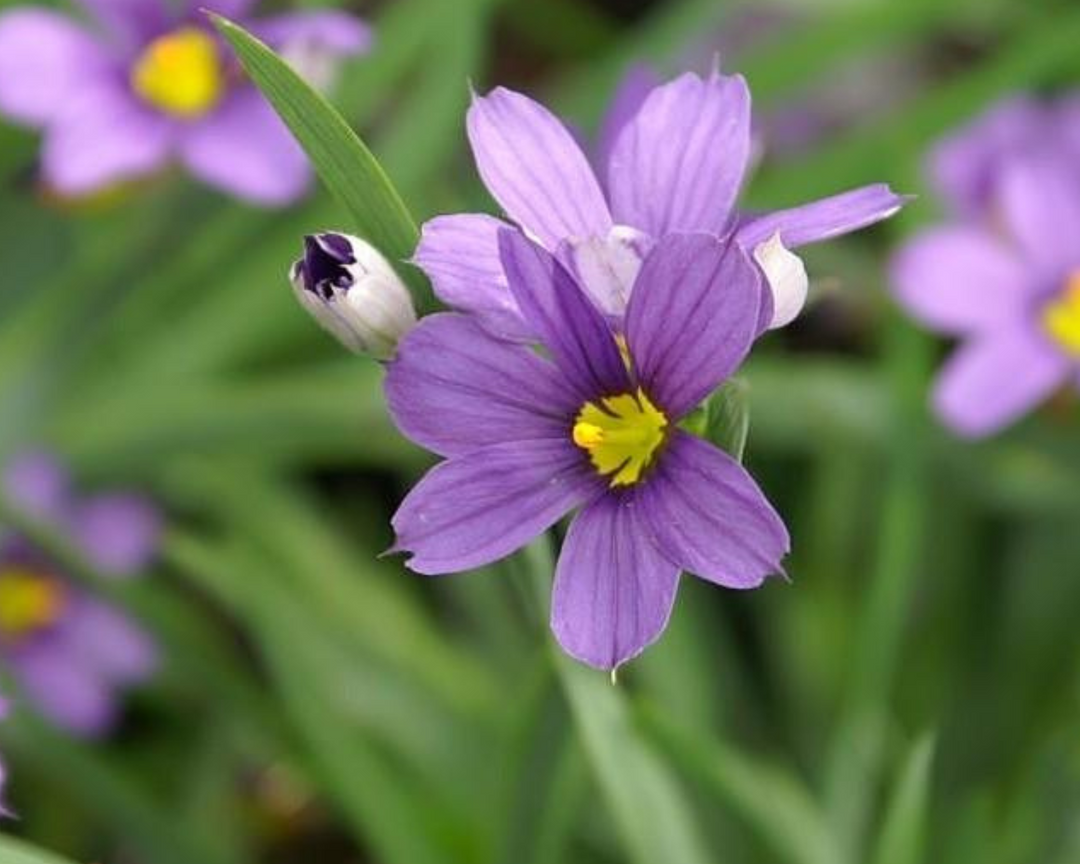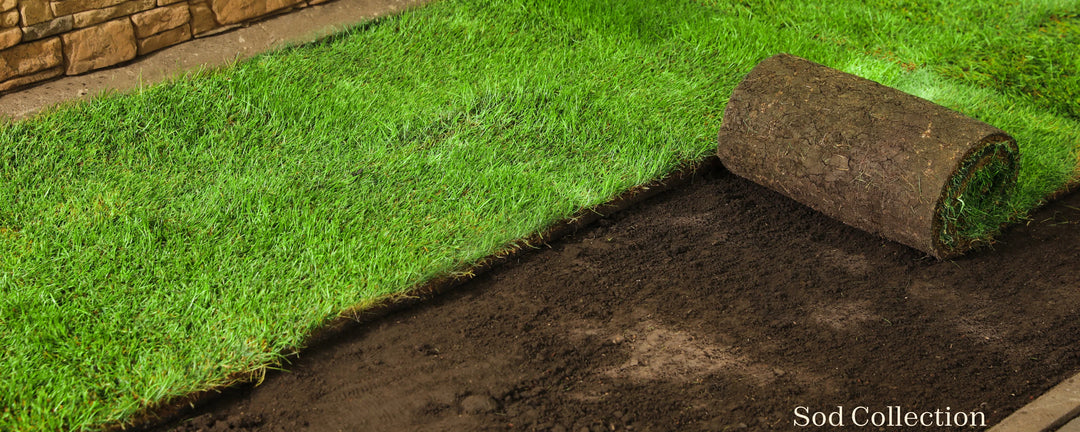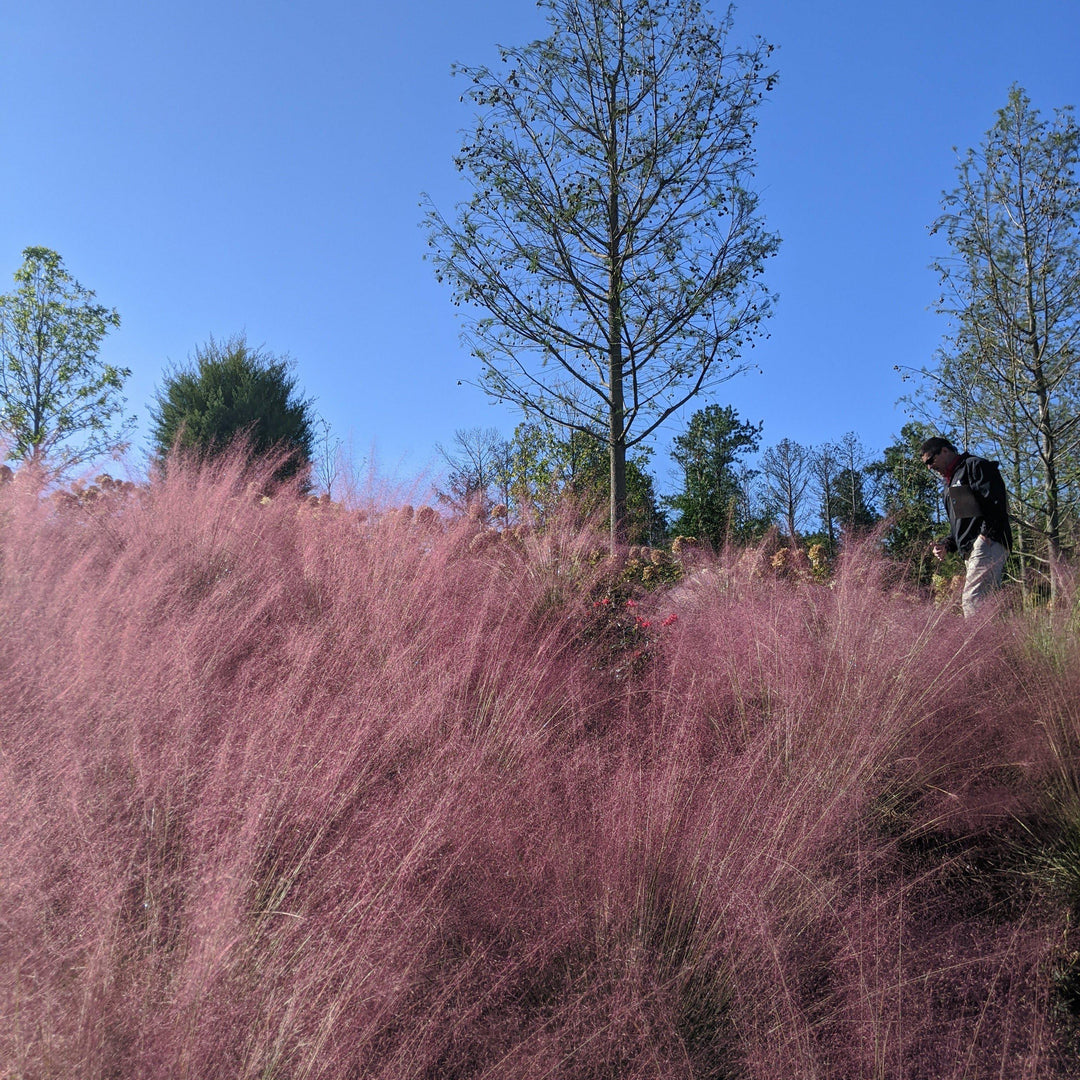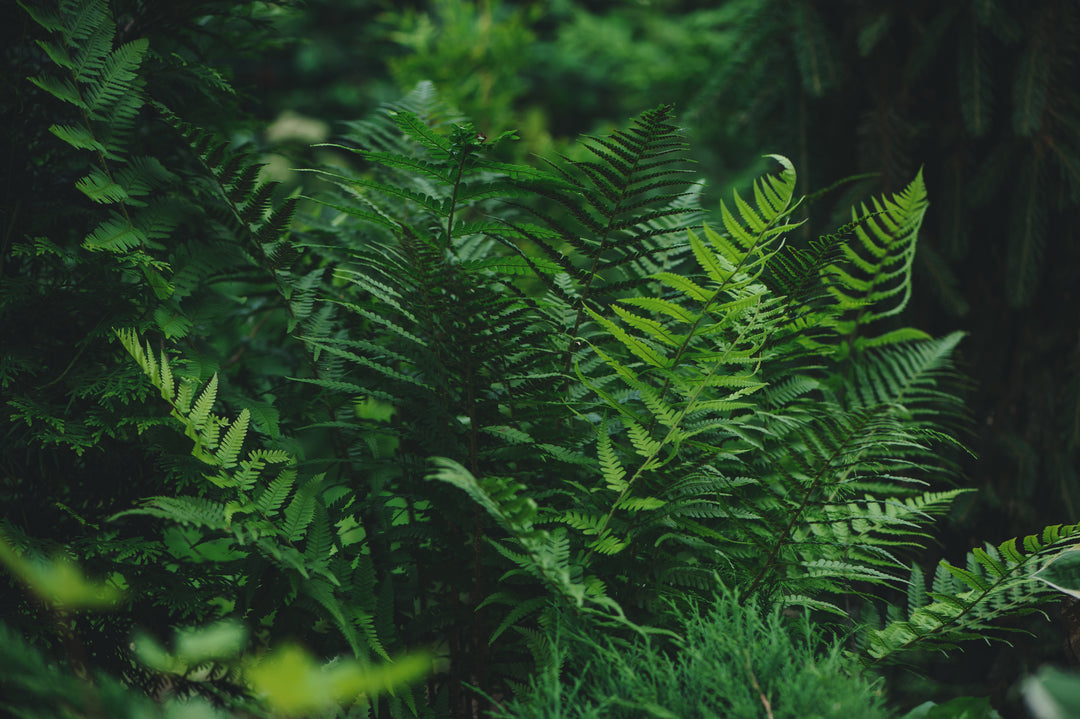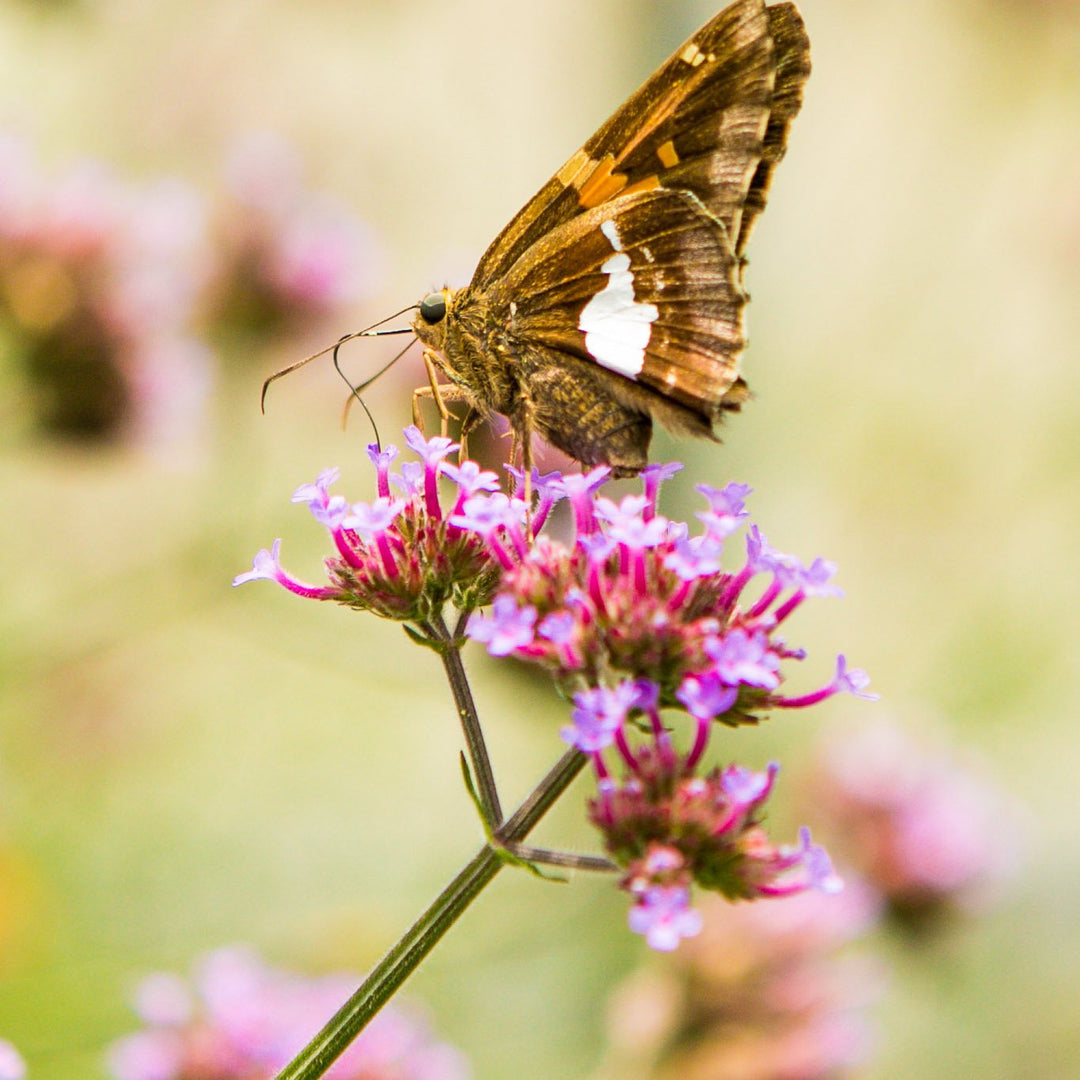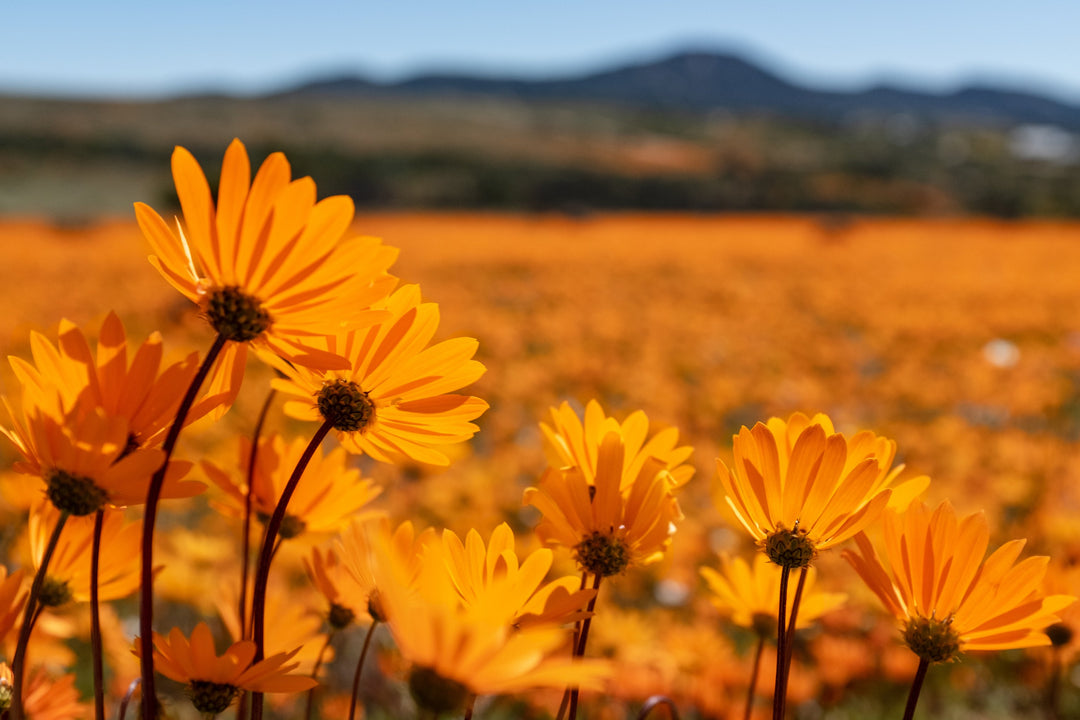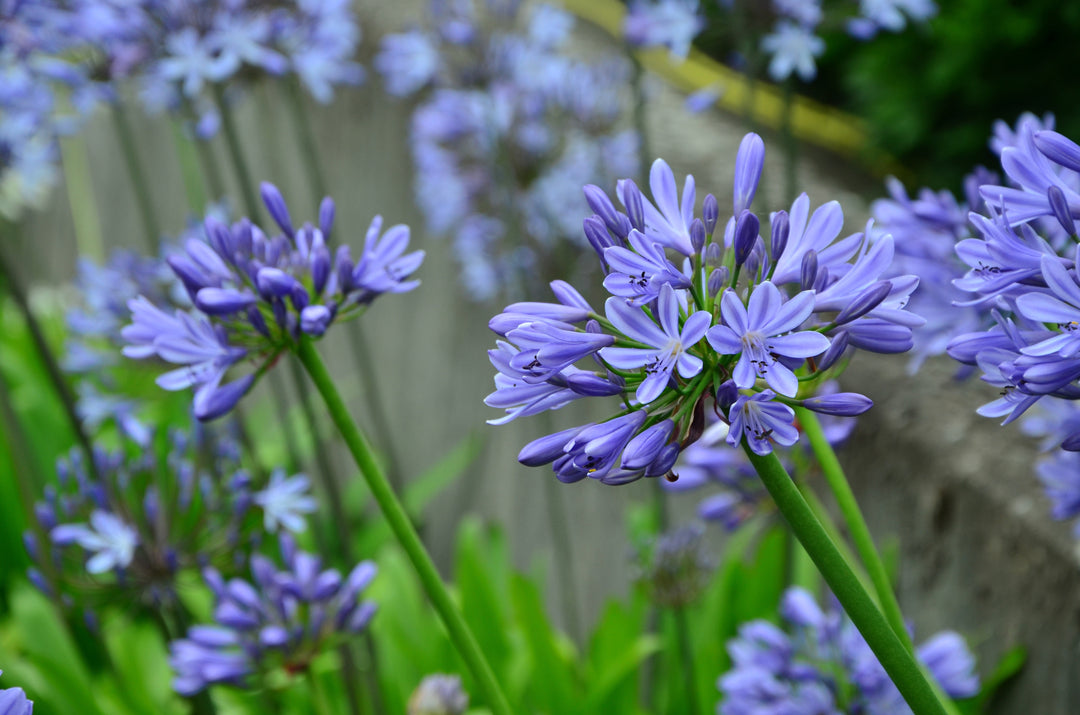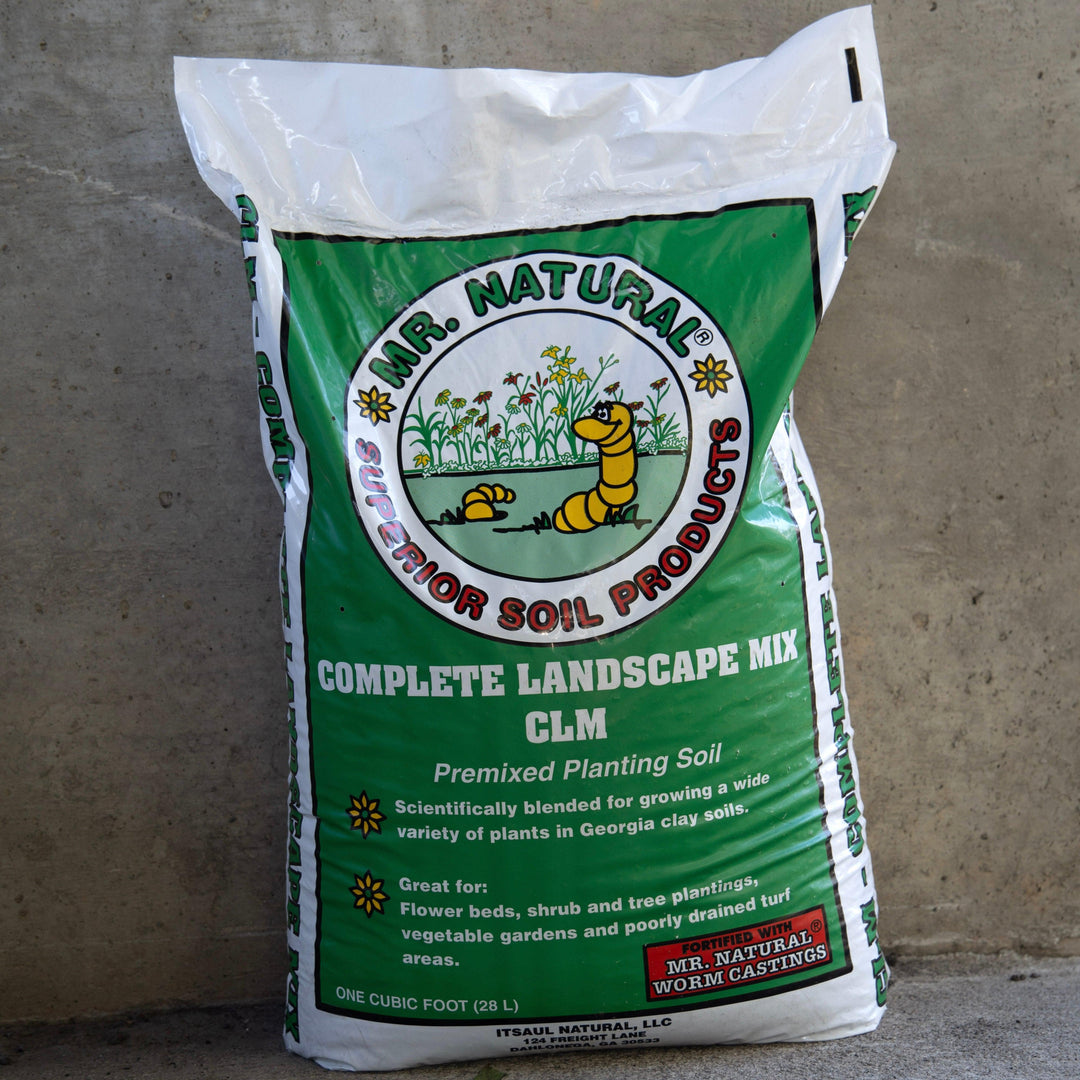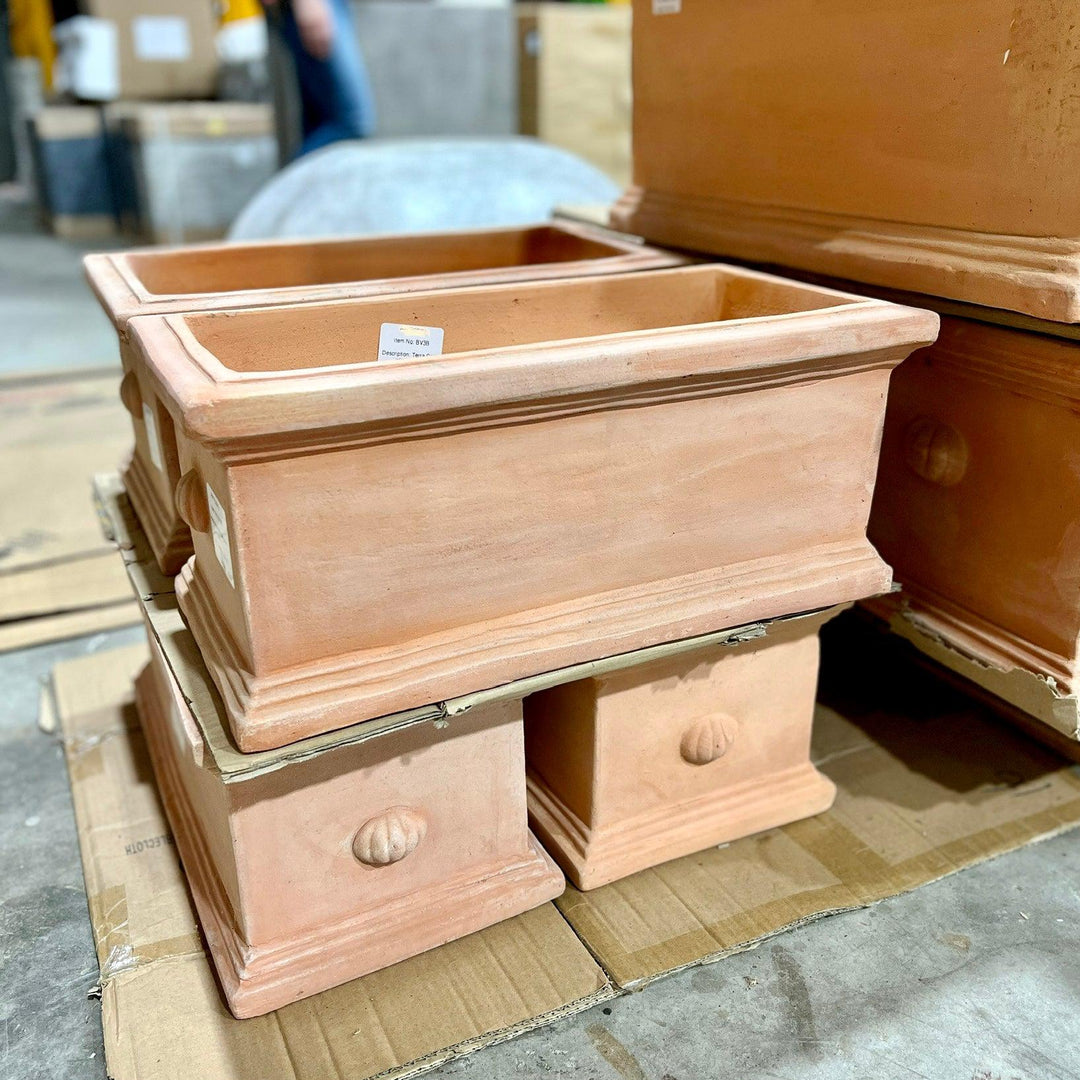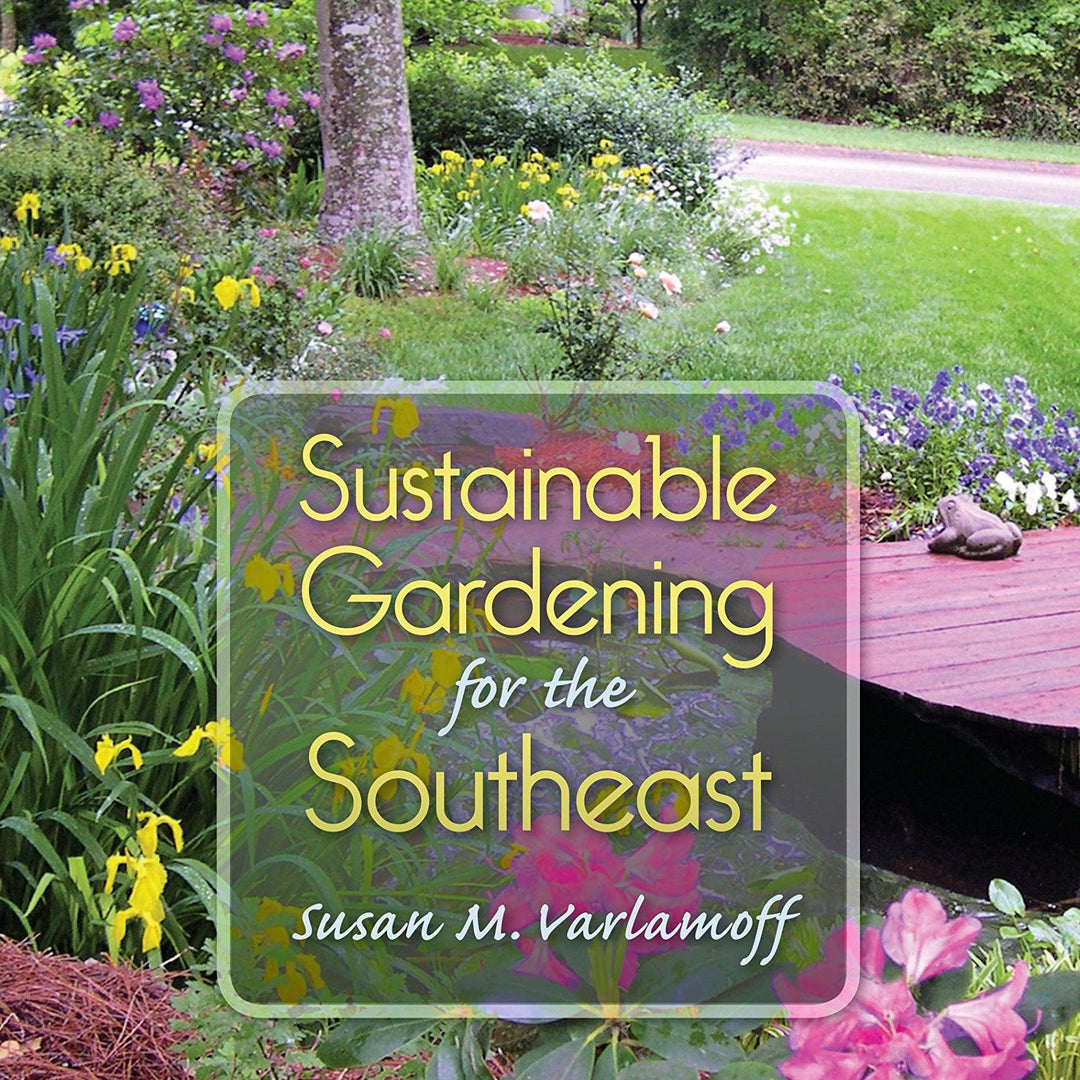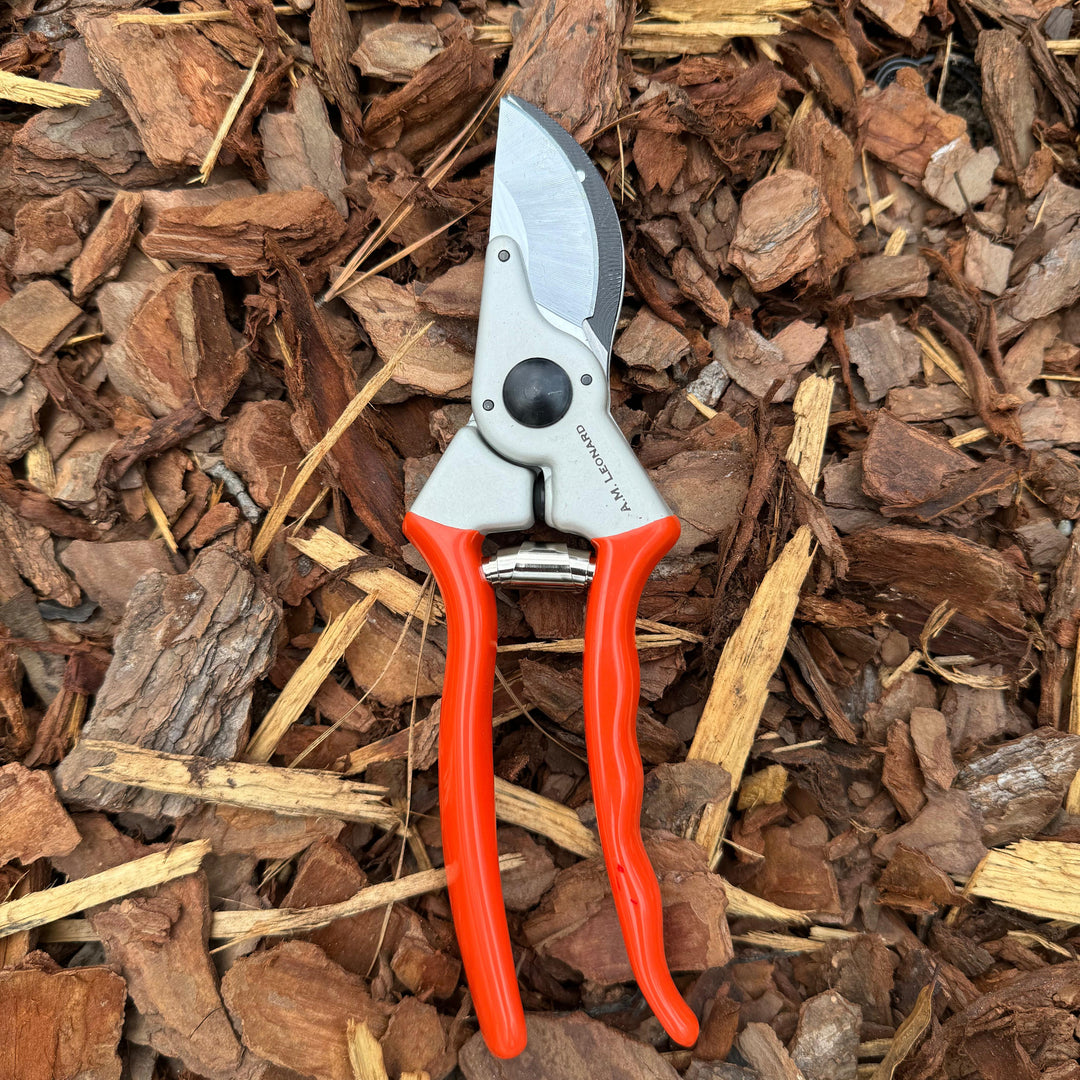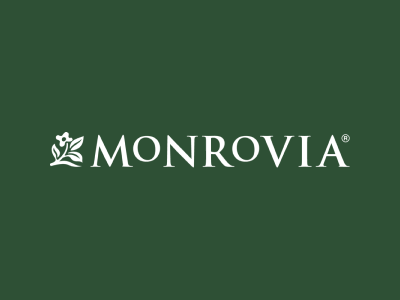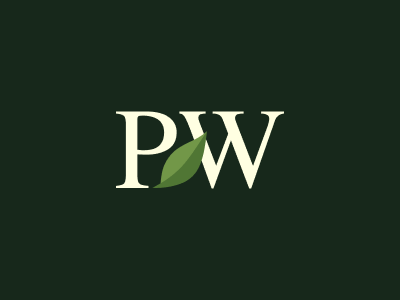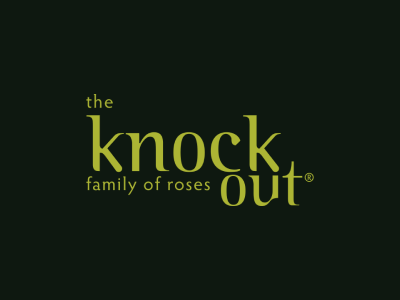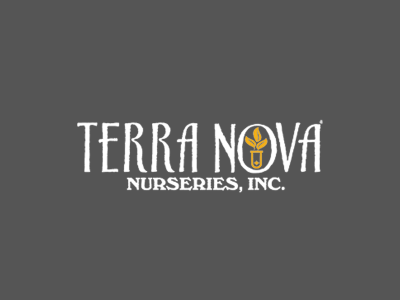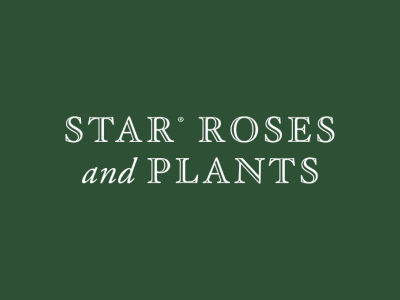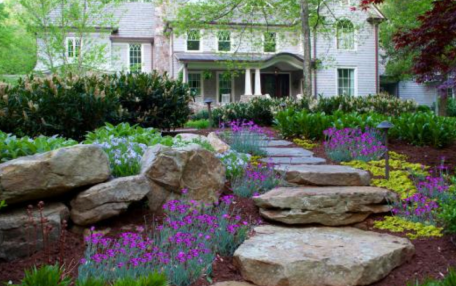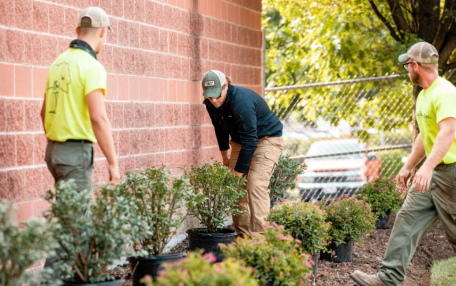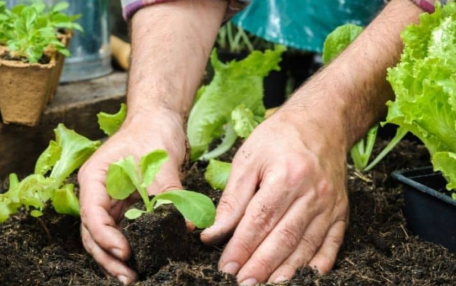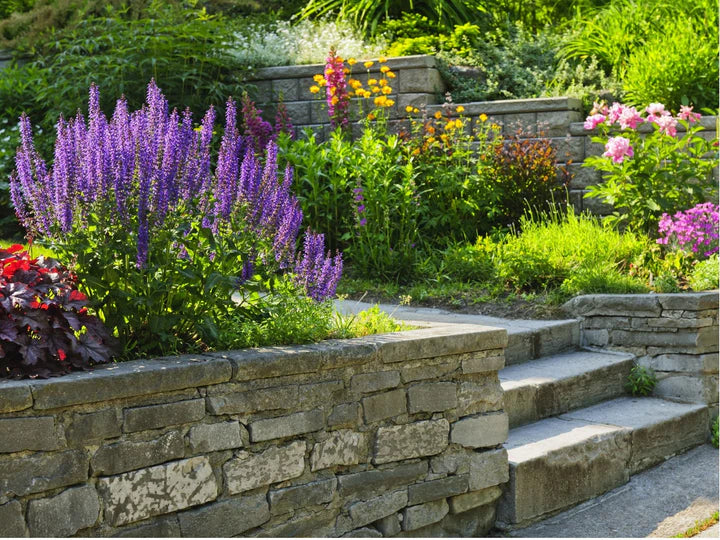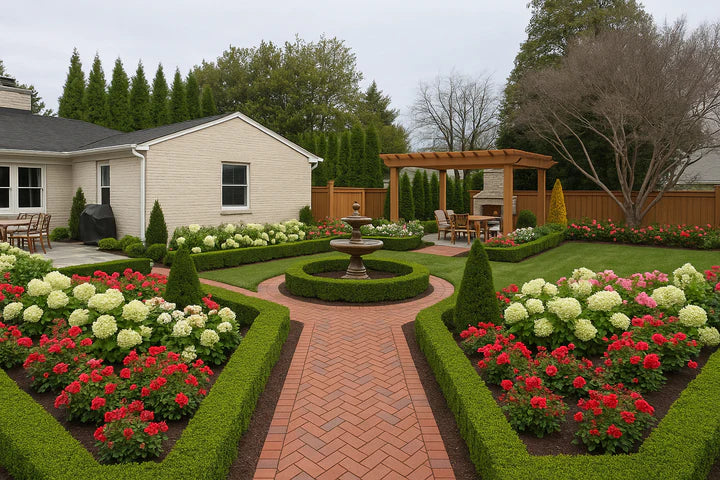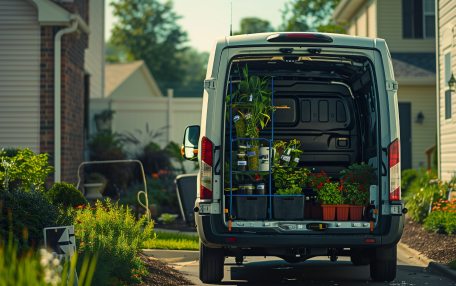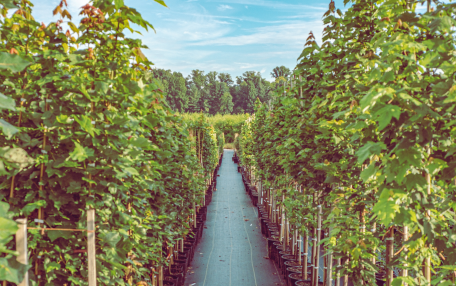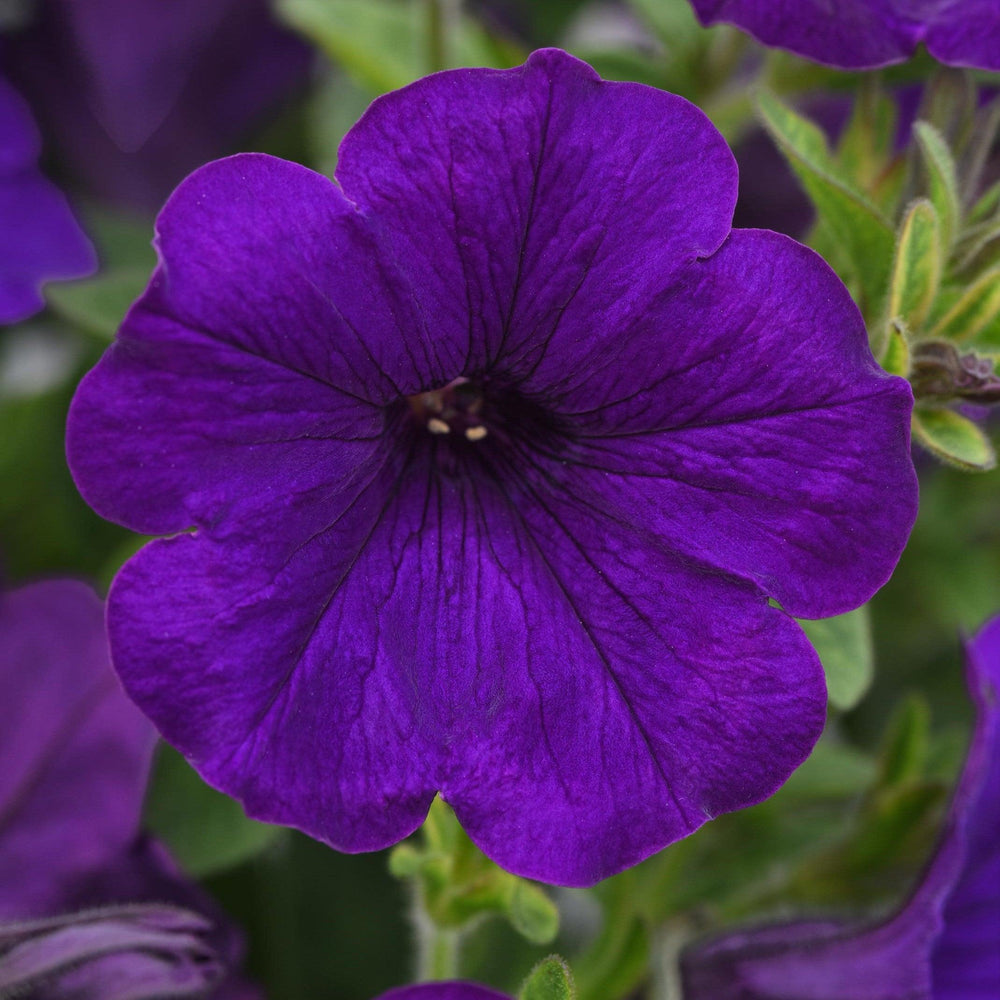5 Plants to Create a Bird-Friendly Habitat
Do you enjoy bird watching? Native plants bring beautiful birds such as cardinals and house finches straight to your backyard. These birds are fun to observe, and they also eat pesky insects and weed seeds.
Learn more about the best native plants for birds and view favorite native plants below!
1. American Basswood

Basswood is a tall native deciduous tree with noticeable winter buds. Fragrant clusters of pale yellow flowers bloom in late spring and give way to papery wing-like seed pods that mature mid-summer.
This tree attracts woodpeckers, finches, and waxwings. But that’s not all. In addition to being highly attractive to bees, it’s a host plant for the Eastern Tiger Swallowtail, Red-Spotted Purple, and Mourning Cloak butterflies.
2. Carolina Jessamine

A native evergreen climbing vine, the Carolina Jessamine blooms trumpet-shaped bright yellow, fragrant flowers that can also be a ground cover. The shiny lance-like light green leaves can develop yellow or purple hues in winter.
Among other birds, this beautiful vine attracts warblers, hummingbirds, and sparrows. It’s also an early nectar source for hummingbirds, bees, and butterflies. The dense growth provides shelter for these pollinators in winter.
3. American Sycamore

American Sycamore is a massive deciduous tree with attractive mottled bark. Its non-showy flowers are followed by fuzzy spherical fruiting balls. This tree grows best in full sun and rich, moist well-drained soils. American Sycamore tolerates light shade and most urban pollutants.
It grows 75 to 100 feet tall and attracts jays, thrushes, cardinals, etc. because of the wide-reaching canopy and shelter it offers.
4. Black-Eyed Susan

Black-Eyed Susan blooms small daisy-like gold flowers with black-brown centers. These flowers bloom through summer to mid fall. It flowers best in full sun and consistent moisture. It’s also drought tolerant once established.
Its seeds attract birds such as chickadees, nuthatches, and wood warblers. Pollinating insects enjoy the Black-Eyed Susan for its nectar, and it’s also deer-resistant.
5. Sweetgum

Sweetgum's glossy green star-shaped leaves turn a gorgeous mixture of yellows, oranges, reds, and purples in fall. Female flowers give way to the distinctive spiky ‘gum ball’ seed pods. This tree attracts nuthatches, orioles, wrens, bluejays, and more.
Build a bird-friendly habitat
The above plants can help turn your garden into a beautiful habitat that offers food, nesting sites, and shelter for the birds. Here are more tips to grow a practical space for feathered friends:
- Determine what native plants you already have that birds enjoy.
- Create a planting plan, such as by drawing it out on paper. Measure your space to determine where to place different plants.
- Choose a mixture of plants that offer various benefits for the birds. For example, choose large canopy trees for shelter and herbaceous plants for their seeds.
- Ensure that plants aren’t too close together. Review each plant’s full grown dimensions so your plants aren’t crowded.
- Plant in the spring or fall and water as needed (hint: native plants typically require less water than non-native species).
Need more advice on creating bird-friendly spaces and landscape design? We recommend our Virtual or On-Site Consultation. Schedule a virtual 30-minute meeting or a one-hour scheduled site visit from a Landscape Architect or Designer to make your landscape dreams a reality.

